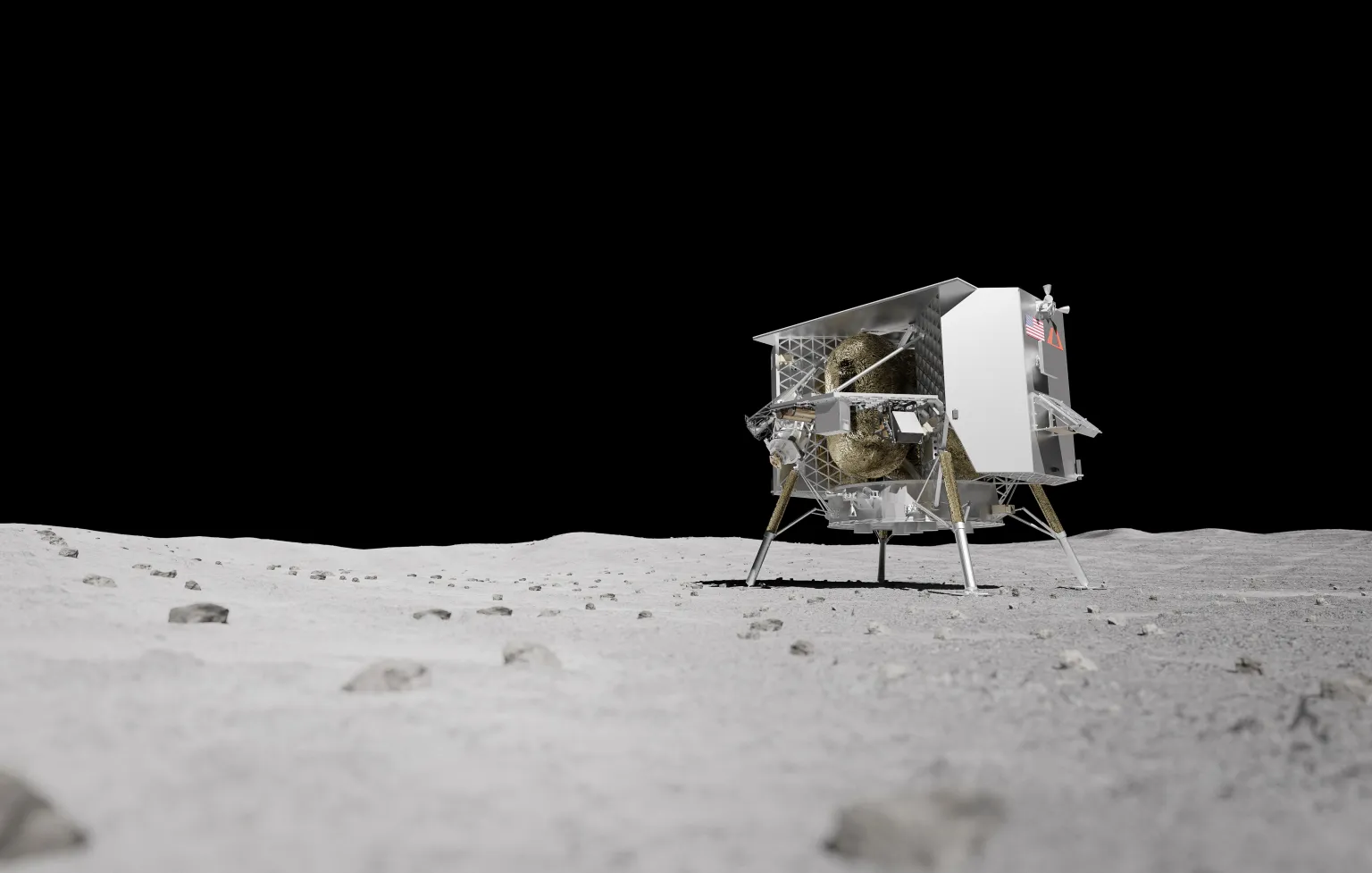Peregrine Moon lander continues to be responsive and stable: Astrobotic

- Country:
- United States
Astrobotic's Peregrine Moon lander continues to be responsive, operational, and stable, and remains on its previously reported trajectory toward Earth’s atmosphere, according to an update shared by the Pittsburgh-based company on Monday.
Following a successful launch on January 8, the Peregrine lander suffered a propulsion issue after the spacecraft entered its operational state, causing a critical loss of propellent. The propulsion issue is preventing the lander from achieving a soft landing on the Moon.
According to Astrobotic, the propellant leak has practically stopped and the spacecraft is now about 218,000 miles away from Earth. The mission team is working closely with NASA and U.S. Government agencies to assess the final trajectory path in which the vehicle is expected to burn up.
Update #18 for Peregrine Mission One pic.twitter.com/pREs3THP9z
— Astrobotic (@astrobotic) January 15, 2024
Peregrine Mission One was scheduled to deliver scientific instruments and payloads to the Moon’s Gruithuisen Domes region. Despite this setback, several of NASA's payloads aboard Peregrine including NSS (Neutron Spectrometer System), LETS (Linear Energy Transfer Spectrometer), PITMS (Peregrine Ion Trap Mass Spectrometer), and NIRVSS (Near Infrared Volatile Spectrometer System) are receiving power and gathering data. Unfortunately, due to the anomaly, the Moon-bound payloads cannot conduct any operations in transit.
Astrobotic is actively working to extend Peregrine's mission to gather more data for NASA and other customers' payloads.
- READ MORE ON:
- Peregrine Moon lander update
- Astrobotic Peregrine
- Astrobotic










